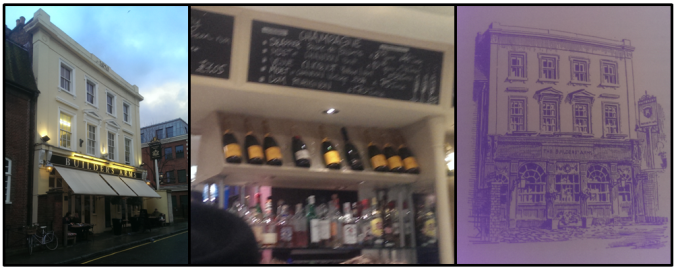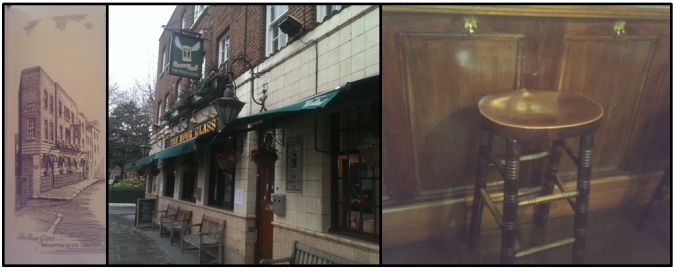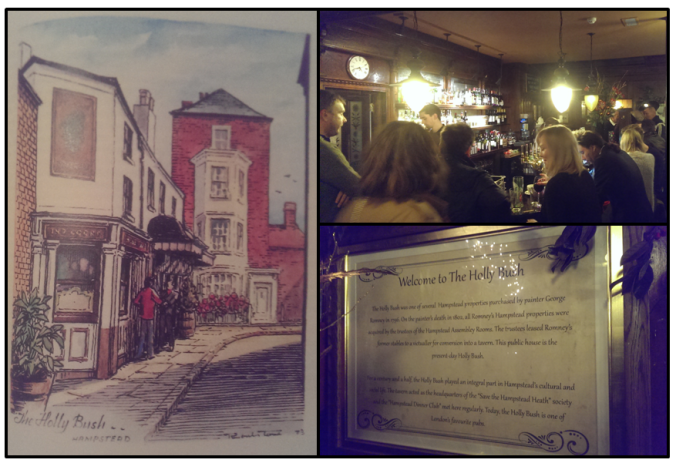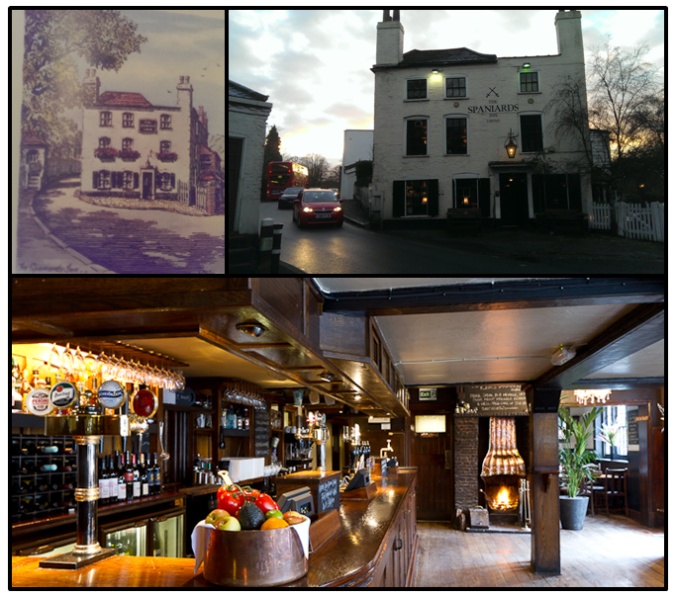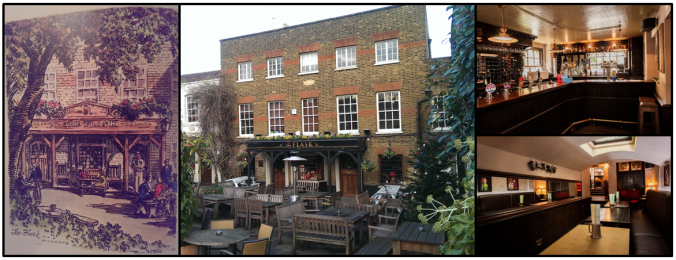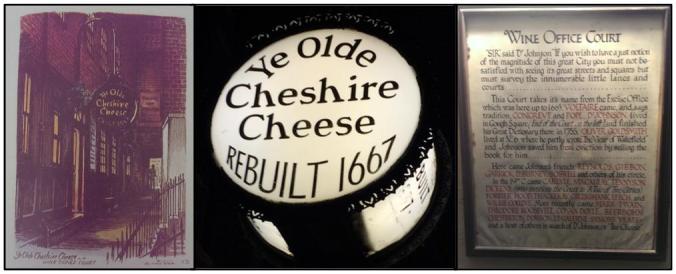“Baby when you’re gone, I realise I’m in love”, sang vertically challenged, Canadian rocker Bryan Adams. I like to think that rather than an ode to a past girlfriend, this was a song tinged with regret about his great crime against a traditional London pub. You see, back in the early nineties, shortly after inflicting us with week after week of ‘Everything I do (I do it for you)’ at Number 1 in the hit parade, Adams committed a terrible act of inhumanity. Legend has it that Adams, sick of the noise from the punters at the King’s Arms, purchased the pub, lock, stock and closed it down. Later he would convert it to become part of a Thames-view mega-mansion combined with his home on nearby Apollo Place and another property on Riley Street.
People are perfectly entitled to do what they want with property as far as I’m concerned. This, though, was a great shame. On a street that had seen its fair share of celebrities over the years – Isambard Kingdom Brunel, James McNeill Whistler, Dante Gabriel Rosetti, Mick Jagger and George Best all lived in Cheyne Walk at one time or another – the King’s Arms had survived as a proper local’s pub. In the face of conversion of boozers to bistros and trendy wine bars in this area, the King’s Arms had stood firm. Until some mildly talented, early rising musician couldn’t get to sleep that is.
In 1973 Taverns in Town described the King’ Arms evocatively:
“Today this is an extremely busy Chelsea tavern, its antiquity immediately attested by its old flagstone floors. The river frontage continues to bestow upon it a certain distinction, of the kind that makes the Londoner at any rate glad that he is a Londoner, and glad that such pleasing places of distraction are dotted about the city to gratify his more expansive and congenial instincts.”
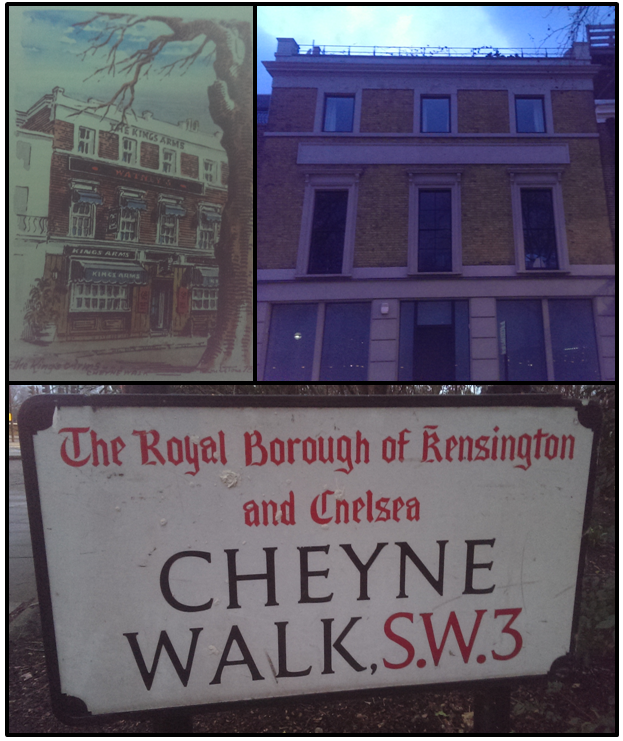
As depicted in taverns in Town, today you can just make out ‘The Kings Arms’ in relief across the top of the pub, one of London’s poshest streets – the SW3 end
Cheyne Walk is one of London’s most glamorous addresses. Roman Abramovich lives at number 96. I suppose with such gentrification and properties worth in the multiples of millions a pub was always going to struggle to remain here.
As it was, the pub survived until the early nineties, when Adams stepped in and closed his noisy neighbour down. Quite what his Cheyne Walk alumnus, and probably a regular at the King’s Arms, Hilaire Belloc would have made of it, we can probably guess from his famous quote:
‘When you have lost your inns drown your empty selves, for you will have lost the last of England.’
Let’s let Bryan finish with his remorseful verse…
“Baby when you’re gone, I realise I’m in love,
The days go on and on, and the nights just seem so long, Even food don’t taste that good, drink ain’t doing what it should, Things just feel so wrong, baby when you’re gone.”

